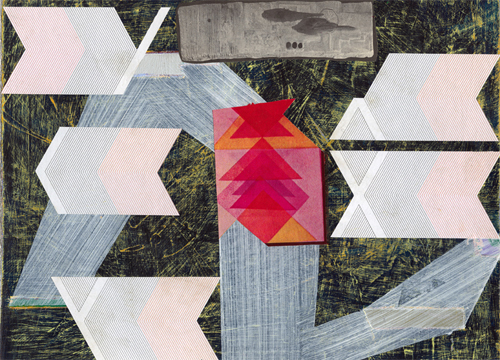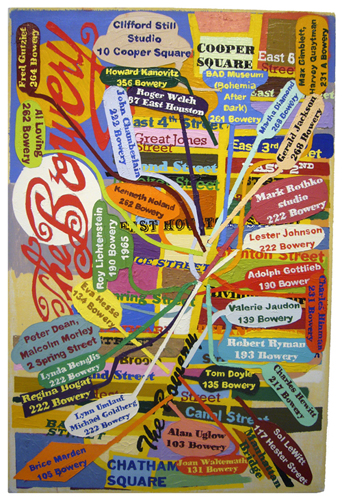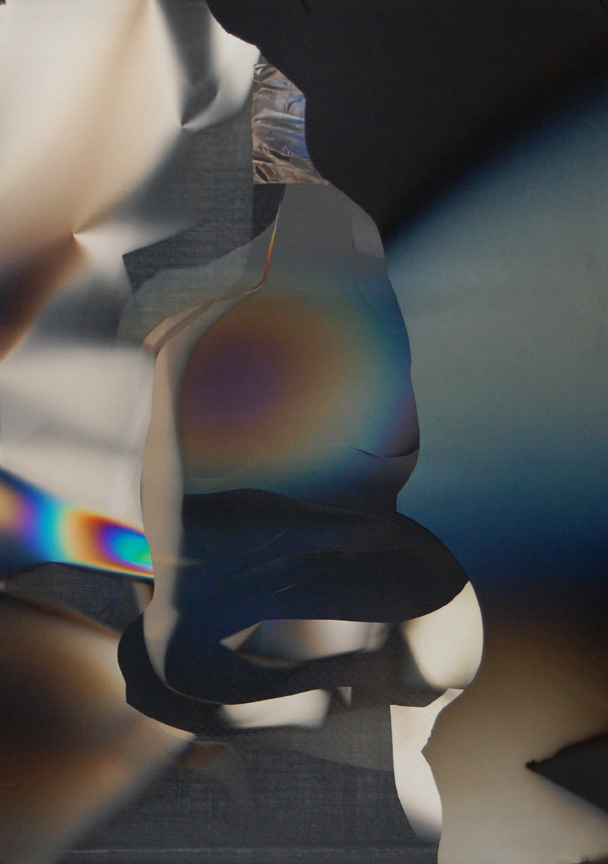Okay, so I have been raving about painting shows since I started posting, lo these many days, and have done a perhaps credible job arguing that Painting Is Back. But I also posed a question: Is That (The Fact That Painting Is Back) A Good Thing? And I've not to date attempted an answer.
Now, why would a self-admittedly, self-evidently paint-besotted observer like me go and rain on the parade with a fret like that? Makes me sound like one of those conceptualist triumphalists against whom I'm implicitly railing, doesn't it. Well, it's more a caveat offered to fellow paint-fans than a capitulation to avant-garde gainsaying. Indeed, the caution could be proffered to any ascendant medium or idiom. After all, have you noticed how, whenever the spotlight turns on a practice, a discipline, a style, a "movement" (do they still have those?), said spotlight seems sooner or later to scorch the soul out of the practice in question? Meanwhile, modalities cast in shadow flourish. Indeed, until recently, painting was neglected by the trendoids in favor of - what? Installations? Photography? Neo-appropriation? Well, something hip. And as a result, as they had back in the 1970s, painters were able to maintain a discourse among themselves and to hone their thinking and crafting without having to worry about the whole damned art world breathing down their necks. But now that Painting Is Back, the loft party's over. Are today's painters ready to take over the universe the way the neo-expressionists did? And are they then ready to relinquish the universe in the space of, oh, 3½ years, shake off the hangover, and retreat back into their studios? Most importantly, are they going to be able to conquer the art world - Paint is the new Black - and still keep their wits (and integrity) about them, en masse?
So, what I have been asking is, how good is the return of painting to art-world center stage for painting itself? Is its renewed popularity helpful or harmful to painting? In the short run? In the long? Will success spoil painting (again)?
Vaguely apropos of all that, the work of East Coast artists Loren Munk and Pat McElnea (at Daniel Weinberg, 6148 Wilshire Blvd., through April 24, danielweinberggallery.com) obliquely assert painting's ascension by not quite being painting nor quite being anything else. McElnea's pieces drip with paint, all right, but cling to paper and brim with collaged material, both actual and virtual. Tumultuous little assemblies a-pop with scrawled words, incongruously matched textures, sudden veers in color and shade, and all manner of expertly balanced non sequiturs. 
PAT McELNEA, Icy Ax, 2009, mixed media and collage on board, 8 1/4 x 11 1/4 inches
In their futurist energy, dada insouciance, constructivist balance, abstract expressionist gnarl, and Pop-art brightness McElnea's typing-paper-size collages celebrate and continue the Great Modernist Experiment half a century and more on, their intimate maximalism evincing the inheritance of Kurt Schwitters above all. Munk doesn't so much advocate such neo-modernism as admire it in a series of decidedly late-post-modernist canvases describing maps and diagrams teeming with names and arrows and - in the maps, at least - dates and addresses, locating myriad fellow artists (some no older than Munk himself) in the flow of recent art history or, yet more obsessively, the flow of Manhattan or Brooklyn traffic. 
LOREN MUNK, Bowery Map (Study), 2006-7, oil on linen, 36 x 24 inches
With thirty years of professional success in New York and elsewhere, Munk hardly needs to be gawking at the art world in which he is so embedded (you'd think that task would befall the generation-younger McElnea); but, in their colorful babble of visual and verbal data Munk's maps-of-the-art-stars exude a sense of belonging-and-not-belonging, that cozy alienation even the most prominent creative people feel towards their respective milieux. Either that or Munk is Googling when he should be Facebooking.
Even less apropos, the new work with (as much as on) paper of Larry Bell, who to my knowledge has himself not painted since the Kennedy administration, is full of more-than-nominally-painterly values, along with effects that have less to do with painting or paper or any technique or material than they do with perception itself. Bell, of course, is best known as a sculptor whose minimal structures have helped lead art in southern California out of hard-edge painting into "finish/fetish" art and ultimately into an extended discussion of and discursion in light and space. These "Portraits of Joan" (at Frank Lloyd, 2525 Michigan Ave., Santa Monica, only thru March 27, franklloyd.com), extend Bell's long involvement with paper, specifically with a unique form of collage that chemically fuses the assembled materials to their support and infuses them with an elusive, mercurial, but ever-present luster.
LARRY BELL, F-55, 2009, mixed media on paper, 60 x 42 1/2 inches
These large paperworks clearly revolve around a figural image - the first time Bell has essayed such in this technique - and do so with cut and raised areas. But that figure is a shadowy presence devoid of detail, flickering in and out as if seen in a mirror in a darkened room. Its presence looms, but as much through inference as through description, a ghost of a memory - or perhaps the memory of a ghost.